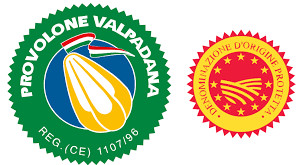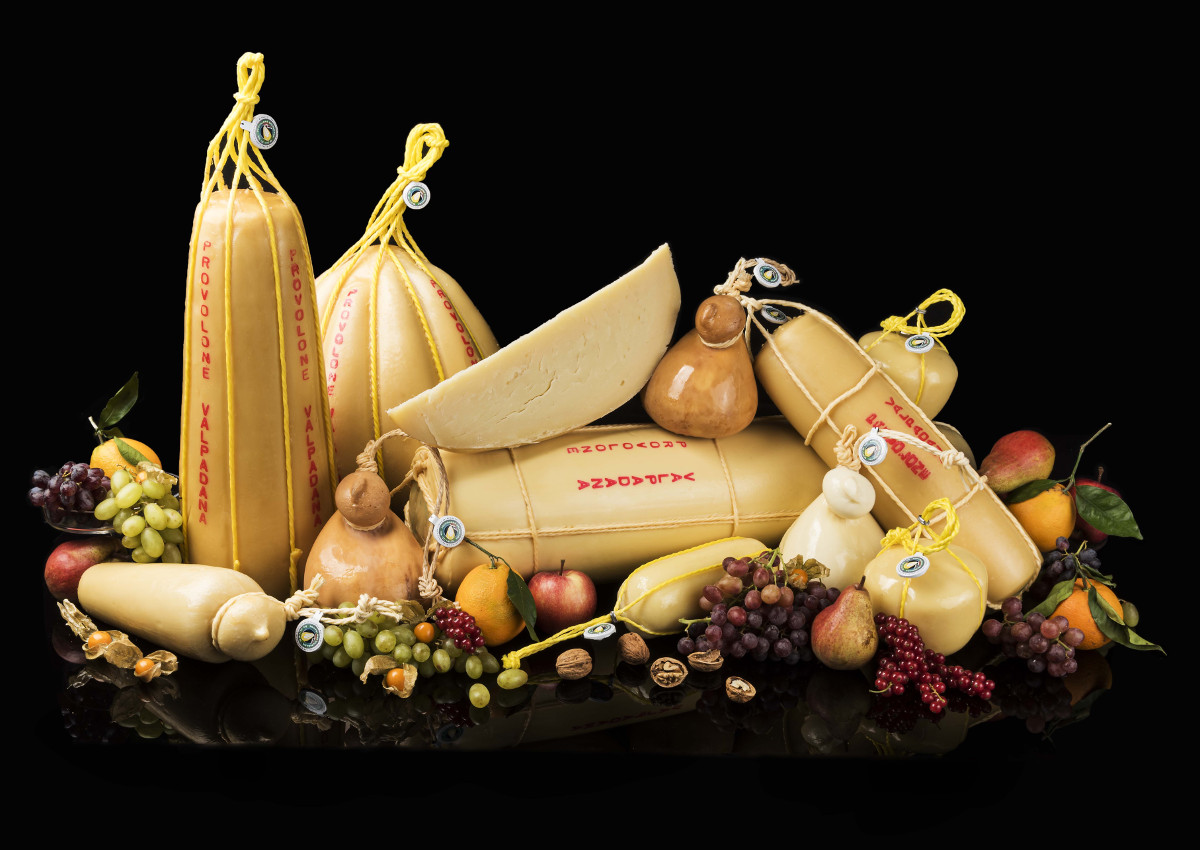
The Consortium for the protection of Provolone Valpadana PDO reinforces its commitment to relaunch this product characterized by a very old tradition in a world that is changing every day. This year, the commitment to renew the image of Provolone Valpadana first saw the creation of a new website and the launch of social media channels (@provolonevalpadana on Facebook, Instagram and Youtube).
The dualism between sweet and spicy Provolone Valpadana will be the leitmotif of the new communication campaign, which foresees an autumn full of events and a constant presence in the digital world.

From this month until next summer, the protection Consortium will oversee the distribution of over 500 tons of Provolone Valpadana PDO, in 250/350g packages, to all charitable organizations in Italy to help those most in need. The initiative is part of the goals of the European Aid Fund for the Most Deprived, which is now more fundamental than ever, especially in the areas most affected by Covid-19.
Click here to discover the authentic Italian cheeses on the Italianfood.net platform
PROVOLONE VALPADANA PDO IN NUMBERS
The production of Provolone Valpadana PDO (6,700 tons, for a total of over 620,000 wheels) has seen a significant increase in 2019, marking an increase of +6.7% (+419 tons).
Exports are growing as well, following the general increase in the category. Sales grew by +9.6% in 2019, above all in non-EU markets (40% of total exports, up from 30% in 2018). The main destination markets in the EU area are still Spain and Germany (about 70% of total sales in the EU), while the United States and Australia are the most interesting markets in the non-EU market (about 72% of total sales in non-EU countries).
CHARACTERISTICS OF PROVOLONE: THE SPECIFICATION
- Semi-hard cheese with spun paste (pasta filata), generally firm-textured
- Straw coloured
- Unpasteurized cow’s milk, natural fermentation acidity, collected less than 60 hours after first milking
- Nutrition of livestock: Fodder (fresh and preserved), feeding and concentrated feeding
- Rennet: Sweet: calf, and where allowed, a percentage of lamb and/or young goat. Spicy: young goat’s or lamb’s
- Seasoning: Up to 6 kg: at least 10 days. Over 6 kg: at least 30 days. Over 15 kg and only for the Piccante (spicy) type: at least 90 days. Over 30 kg with PVS label, for the Piccante type: seasoning is over 8 months.
- The cheese can be smoked
- Weight: Varied
- Flavour: Sweet: until 3rd month of seasoning, distinct towards Spicy for more advanced seasoning or in case of young goat’s or lamb’s rennet.
- Fat: Not lower than 44%
- Areas of production: Lombardy: province of Cremona and Brescia; some municipalities of the province of Bergamo, Mantova, Lodi. Veneto: province of Verona, Vicenza, Padova and Rovigo. Emilia Romagna: province of Piacenza. Some municipalities of the province of Trento.

THE PROTECTION CONSORTIUM’S MEMBERS
Brazzale
CaBre
Casearia Monti Trentini
Albiero
Ghidetti
Gardalatte
Auricchio
Latteria Pizzighettone
Ca’ De’ Stefani
Latteria Soresina
Fattorie Cremona
